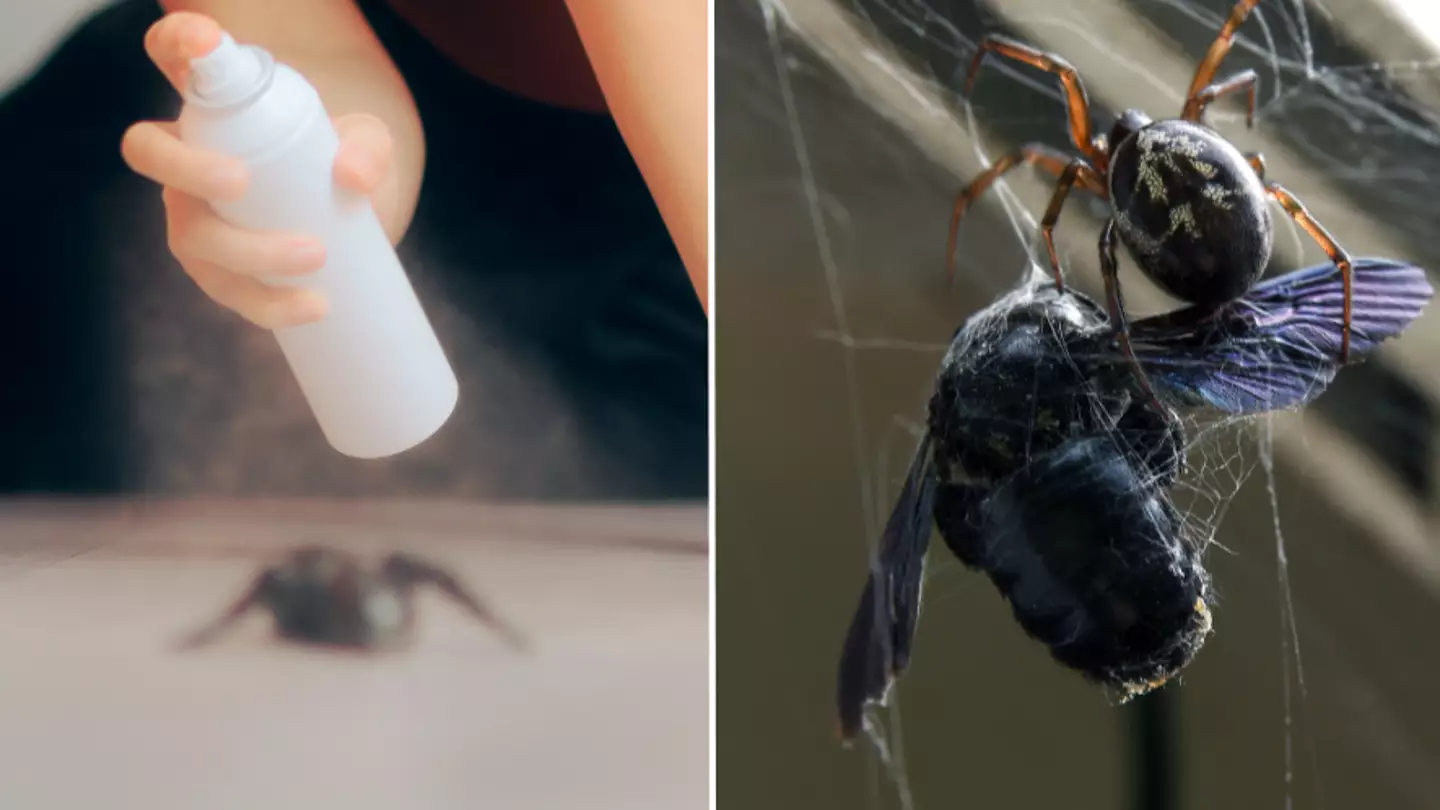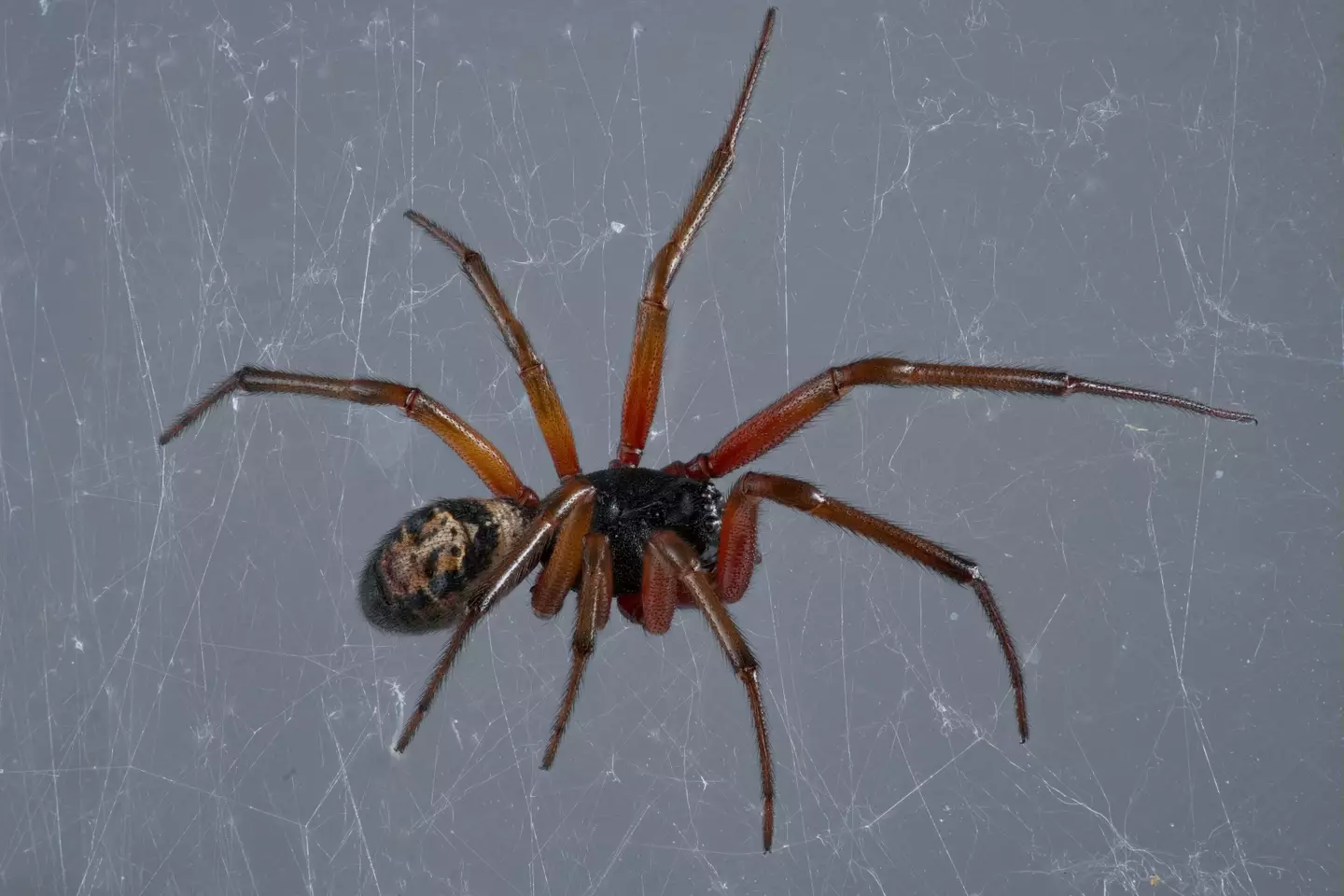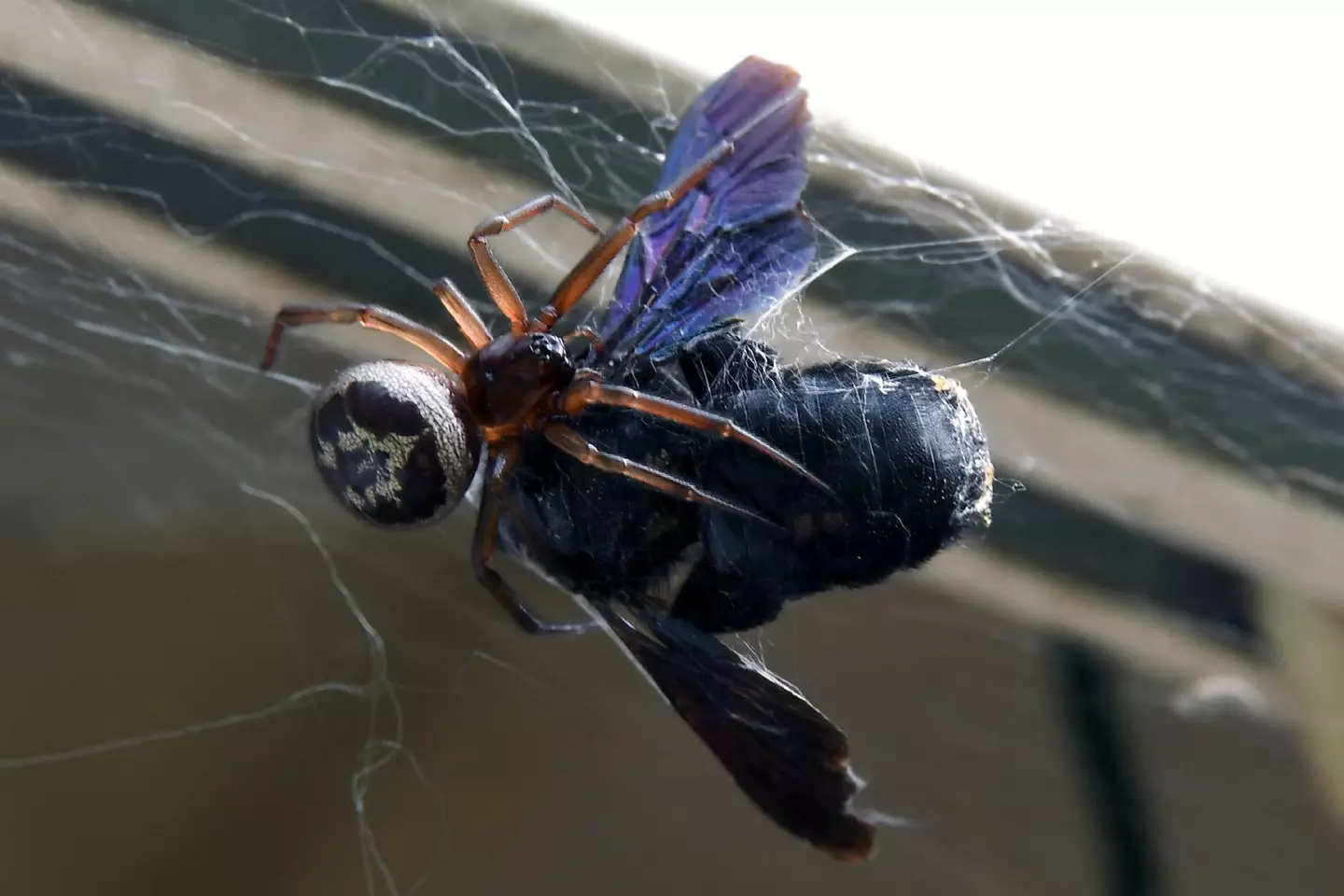
The thought of a real black widow spider and their dangerous venom is enough to have us on the lookout for the long legged creatures at all times.
False widow spiders, however, are a different story. Commonly known as the cupboard spider, false widows are likely to reappear as we set into Autumn and the temperatures begin to cool.
Although the sight of any type of spider seems to leave the majority of us on edge, amid horrifying thoughts of them crawling around us, false widow spiders are relatively harmless. They do have a venomous bite BUT, the venom is not particularly potent.
However, one usual symptom is pain at the site, which may radiate away from the bite. It usually lasts between one and 12 hours, but rarely for more than 24 hours. Unfortunately, you won't gain any powers like Spider Man.
Advert

According to the Natural History Museum, there are over 650 species of spider known to live in the UK where only 12 of these are recorded as species that have bitten humans.
If you still don’t want to chance allowing the harmless spider to stay in doors and need to know how exactly you can tell which are which, then we can help.
There are six species of false widow spiders that live in the UK, each one with their own colour and size. The most common ones you may see are the rabbit hutch spider, the cupboard spider and the noble false widow - the most commonly reported.
Advert
They tend to have dark-coloured, globular bodies - often described as skull-shaped and the noble false widow is the latest with a body length of 8.5mm-11mm.
If you’re on the look out for their webs, they tend to look like a tangle of webs and are usually suspended at least 1.5 metres off the ground. This allows them to hunt flying insects, which actually might be of benefit to you and your house…

But if you’re still not convinced and want to control or treat the spiders, the most effective way is to limit their food source.
Advert
This should include clearing away dead flies, woodlice, millipedes, centipedes and other crawling insects.
You can also fill in any gaps around doors and windows, remove any noticeable cobwebs or vacuum clean regularly.
You should not, however, kill the spiders if you do see them in your house.
“Aside from their key role in feeding on pest insect species, their (spiders) silk is being developed to make specialist clothing such as bullet-proof vests and their venom can be used in pain relief,” said Jan Beccaloni, Curator of Arachnida and Myriapoda.
Advert
“So next time you find an unwanted spider in your house, please don’t kill it! Either leave it in peace, or humanely put it out in your shed.”
Topics: Animals
